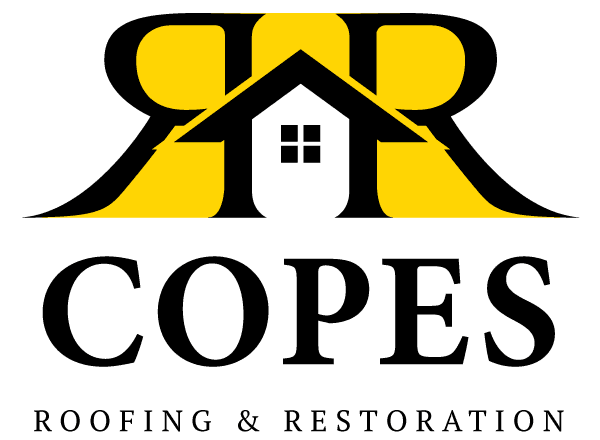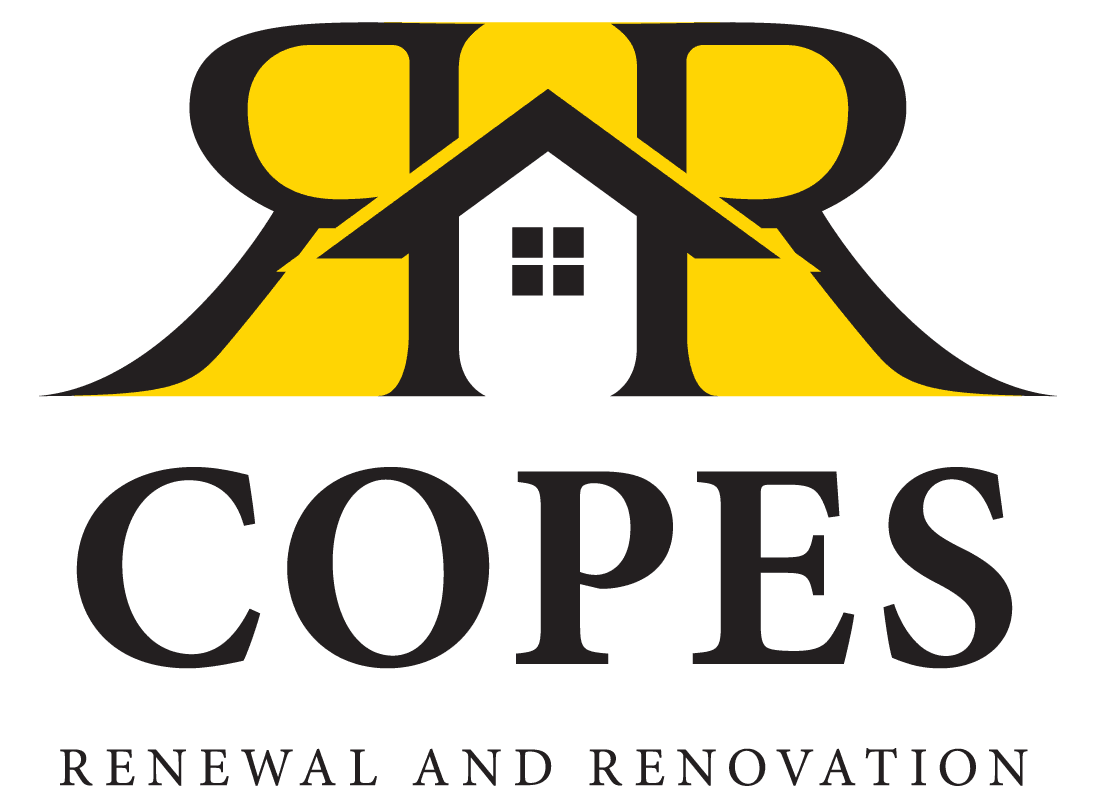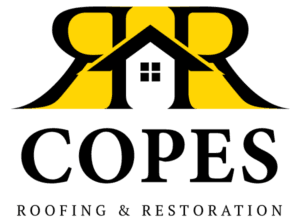Proper attic insulation is crucial for maintaining your home’s energy efficiency and comfort level throughout the year. When your insulation begins to deteriorate, you may notice higher energy bills, inconsistent temperatures, and even potential damage to your home’s structure. Replacing your attic insulation is a project that can significantly improve your living conditions while saving you money in the long run.
If you’re considering updating your attic insulation but aren’t sure where to start, Copes R&R Construction is here to help. Schedule an appointment with our experienced team today for a professional assessment of your attic space and personalized recommendations for your insulation needs.
6 Types of Attic Insulation Materials
Fiberglass Batts and Rolls
Fiberglass insulation consists of fine glass fibers and is one of the most common types of attic insulation due to its affordability and availability. The material comes in pre-cut batts or continuous rolls that fit between standard joist and stud spacing in your attic space. When properly installed and kept dry, fiberglass insulation typically lasts 20-30 years. It’s relatively easy to install for DIY homeowners, but it can cause skin irritation and respiratory issues if handled without proper protective gear.
Cellulose Insulation
Cellulose insulation is made primarily from recycled paper products that have been treated with fire-retardant chemicals. This loose-fill material is blown into attic spaces, making it excellent for filling irregular areas. Cellulose typically lasts 15-20 years before settling and losing effectiveness. However, its lifespan is potentially shortened by moisture exposure despite its mold-resistant treatments.
Spray Foam Insulation
Spray foam insulation comes in two varieties: open-cell and closed-cell, both applied as a liquid that expands to fill spaces before hardening. Closed-cell spray foam is denser, offers a higher R-value (6-7 per inch), and creates an effective air and moisture barrier that can significantly boost your home’s energy efficiency. With proper installation, spray foam insulation can last 80+ years, making it the longest-lasting option despite its higher upfront cost. This type of attic insulation adheres directly to surfaces, eliminating gaps and creating a seamless thermal envelope that reduces energy loss through air leaks.
Mineral Wool Insulation
Mineral wool insulation, made from rock (stone wool) or slag (slag wool), offers excellent fire resistance and sound-damping properties. This material comes in batts or loose-fill forms and maintains its shape even in extremely high temperatures. Mineral wool typically lasts 30-40 years and naturally repels water. This means it is less susceptible to mildew and mold growth than other insulation types.
Rigid Foam Board Insulation
Rigid foam board insulation comes in three main types: expanded polystyrene (EPS), extruded polystyrene (XPS), and polyisocyanurate (polyiso), each offering different R-values and moisture resistance properties. With a lifespan of 20-30 years, foam board insulation resists settling and compression better than loose-fill options. This type is particularly useful in tight spaces where maximum R-value is needed with minimal thickness.
Radiant Barrier Insulation
Radiant barrier insulation differs from traditional insulation by reflecting heat rather than slowing its transfer. Made from highly reflective materials like aluminum foil attached to various backing materials, radiant barriers reflect heat away from your living area. This type of attic insulation is most effective in hot climates where cooling costs dominate. With a lifespan of 10+ years before dust accumulation may diminish effectiveness, radiant barriers work best when combined with traditional insulation materials for comprehensive thermal protection.
7 Signs Your Attic Insulation Needs an Immediate Replacement
- Visible damage or compression: Insulation that appears wet, moldy, compressed, or torn should be replaced immediately as it has lost most of its insulating properties.
- Pest infestation: Evidence of rodents, insects, or birds nesting in your attic insulation requires prompt replacement, as these pests can leave behind harmful droppings and damage.
- Inconsistent home temperatures: If you notice significant temperature variations between rooms or floors, your attic insulation may no longer be performing effectively.
- Increased energy bills: A sudden or gradual increase in your heating or cooling costs without changes in usage patterns often indicates failing attic insulation.
- Ice dams in winter: Formation of ice dams on your roof edges during winter suggests heat is escaping through your attic due to inadequate insulation.
- Drafty rooms: Noticeable drafts, particularly in upper-level rooms, may indicate that your attic insulation is no longer creating an effective barrier against air leaks.
- Attic water damage: Water stains on the ceiling or in the attic space suggest leaks that have likely compromised your insulation’s effectiveness.
4 Risks of Not Replacing Your Attic Insulation
Increased Energy Consumption
Deteriorated attic insulation fails to maintain the thermal barrier between your living space and the outside environment. As your insulation degrades, your heating and cooling systems must work harder and run longer to maintain comfortable temperatures. The additional strain on your HVAC system can also lead to more frequent repairs and a shortened equipment lifespan, compounding the financial impact of poor attic insulation.
Compromised Indoor Air Quality
Worn or damaged attic insulation often becomes a breeding ground for the growth of mold, mildew, and bacteria, especially if it has been exposed to moisture. These contaminants can release spores and particles that circulate throughout your home via your HVAC system. Additionally, deteriorating insulation materials themselves may release fibers or chemicals into your home’s air circulation system, further diminishing indoor air quality.
Structural Damage to Your Home
Without proper attic insulation, moisture from temperature differentials can accumulate in your attic space. This excess moisture can lead to wood rot in rafters, joists, and other structural components over time. In colder climates, inadequate insulation contributes to ice dam formation, which can damage roofing materials and cause water to back up under shingles.
Pest Infestations
Deteriorating attic insulation offers an attractive habitat for various pests, including rodents, insects, and birds. These unwanted guests view damaged insulation as ideal nesting material and a comfortable, protected space. Once established, these pests can cause extensive damage by chewing through wires, wood, and other building materials. They also leave behind waste that contains harmful bacteria and pathogens.
A DIY Guide to Replacing Your Attic Insulation
- Assess your current insulation: Examine the condition, type, and depth of your existing attic insulation to determine the extent of replacement needed and what materials would work best with your home design.
- Gather necessary safety equipment: Before beginning, collect protective gear, including a respirator mask, protective eyewear, gloves, long sleeves, pants, and a hat to protect yourself from insulation particles and potential hazards in the attic space.
- Prepare your workspace: Lay plastic sheeting below the attic access and set up adequate lighting; consider renting a commercial vacuum with HEPA filtration for the cleanup of old insulation.
- Attic Insulation Removal: Working in sections, carefully remove the old insulation material using a rake or shovel, bagging it immediately in heavy-duty trash bags for proper disposal according to local regulations.
- Inspect and repair the attic space: Thoroughly examine the cleared areas for signs of water damage, pest infestation, or structural issues that need addressing before installing new insulation.
- Seal air leaks: Use caulk, spray foam, or weatherstripping to seal gaps around pipes, vents, electrical boxes, and where the walls meet the attic floor to prevent energy loss through air leaks.
- Install insulation baffles: Place baffles at the eaves to maintain proper airflow from soffit vents to the ridge vent, ensuring your attic can still breathe properly after new insulation is installed.
- Lay the new insulation: Following manufacturer guidelines, install your chosen insulation material (batts, rolls, loose-fill, or spray foam) to the recommended R-value for your climate zone, being careful not to compress the material.
- Address special areas: Pay special attention around light fixtures (keeping insulation 3 inches away from non-IC rated fixtures), exhaust fans, and the attic access door to ensure proper coverage without creating fire hazards.
- Perform a final inspection: Check that insulation depth is consistent throughout the attic space, all areas are properly covered, and ventilation pathways remain clear for optimal performance of your new attic insulation.
4 Benefits of Professional Attic Insulation Installation
Expert Assessment and Customized Solutions
Professional insulation contractors have the training and experience to properly evaluate your existing attic insulation and home needs. They can identify issues that might not be apparent to homeowners. Based on this comprehensive assessment, professionals can recommend the optimal insulation type and R-value specifically for your climate zone and home construction.
Superior Equipment and Materials
Professional attic insulation contractors have access to commercial-grade equipment and premium insulation materials that aren’t typically available to DIY projects. Their high-powered blowers can install loose-fill insulation at the proper density and thickness, ensuring consistent coverage throughout the attic space. Many professionals also offer advanced options like spray foam insulation, which requires specialized equipment and technical expertise to apply correctly.
Time and Safety Benefits
Replacing attic insulation is a labor-intensive project that can take inexperienced homeowners several days to complete properly. Professional installers can typically finish the job in a single day, minimizing disruption to your household. Working in attics presents numerous safety hazards. Professional teams are trained in safety protocols and equipped with proper protective gear to navigate these risks.
Long-Term Performance Guarantees
One of the most significant advantages of hiring professionals for your attic insulation replacement is the peace of mind that comes with workmanship guarantees. If issues arise with your new attic insulation, you can rely on these guarantees for necessary adjustments or repairs. Professional installation also typically results in better energy efficiency outcomes, as trained installers know how to maximize R-value performance and eliminate the common errors that can compromise insulation effectiveness over time.
Conclusion
Replacing your attic insulation is a significant home improvement project that delivers substantial benefits when done correctly. Whether you choose the DIY route or opt for professional installation, ensuring your attic is properly insulated will enhance your home’s energy efficiency, improve indoor comfort, and protect your property from potential damage. Remember that quality attic insulation is an investment that typically pays for itself through reduced energy costs over time.
Ready to upgrade your home’s attic insulation? Contact Copes R&R Construction today to schedule a comprehensive assessment and receive a customized insulation plan for your specific needs. Our experienced team provides professional installation services that maximize your energy savings and home comfort. For more information about our services and to see our past projects, visit our Facebook page and join our community of satisfied customers.


